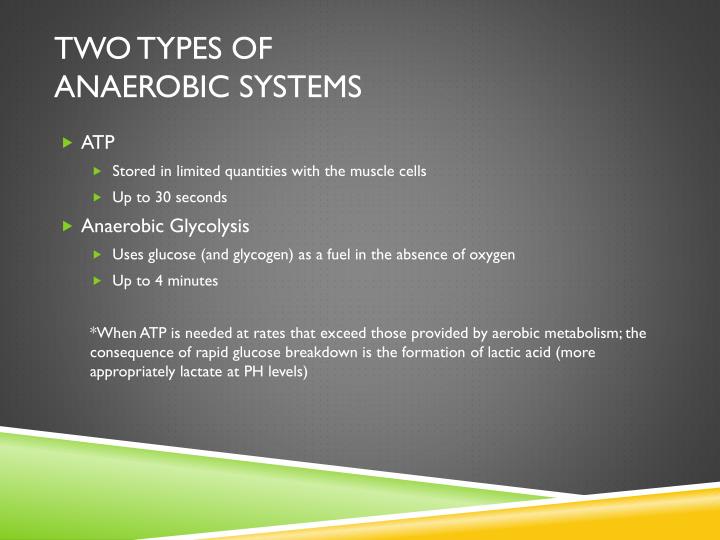

In this review, we illustrate the biological and psychological benefits of PE on cognition and wellbeing both in health and diseases, reporting data from both animal and human studies. Examples of PE are aerobic and anaerobic activity, characterized by a precise frequency, duration and intensity. Instead, PE is “a sub classification of PA that is planned, structured, repetitive, and has as a final or an intermediate objective the improvement or maintenance of one or more components of physical fitness” (World Health Organization, 2010). Then, PA includes any motor behavior such as daily and leisure activities and it is considered a determinant lifestyle for general health status (Burkhalter and Hillman, 2011). Indeed, PE is a term often incorrectly used interchangeably with physical activity (PA) that is “any bodily movement produced by skeletal muscles that requires energy expenditure” (World Health Organization, 2010). Furthermore, emotional states influence cognitive functions through specific cerebral circuitry involving prefrontal areas and limbic structures (Barbas, 2000).īefore analyzing the benefits of PE, it is necessary to define PE precisely.

In fact, behaviorally appropriate choices depend upon efficient cognitive functioning. In this review, we merge both these aspects as they influence each other. In fact, most of the studies documented either the effects of PE on the brain (and then on the cognitive functioning) or on the wellbeing (in terms of physical and mental health). In general, when reported PE effects, it is customary to separate the biological aspects from the psychological ones. In fact, experimental and clinical studies have reported that PE induces structural and functional changes in the brain, determining enormous biological, and psychological benefits. Many evidences demonstrated that physical exercise (PE) affects brain plasticity, influencing cognition and wellbeing (Weinberg and Gould, 2015 for review see Fernandes et al., 2017).


 0 kommentar(er)
0 kommentar(er)
